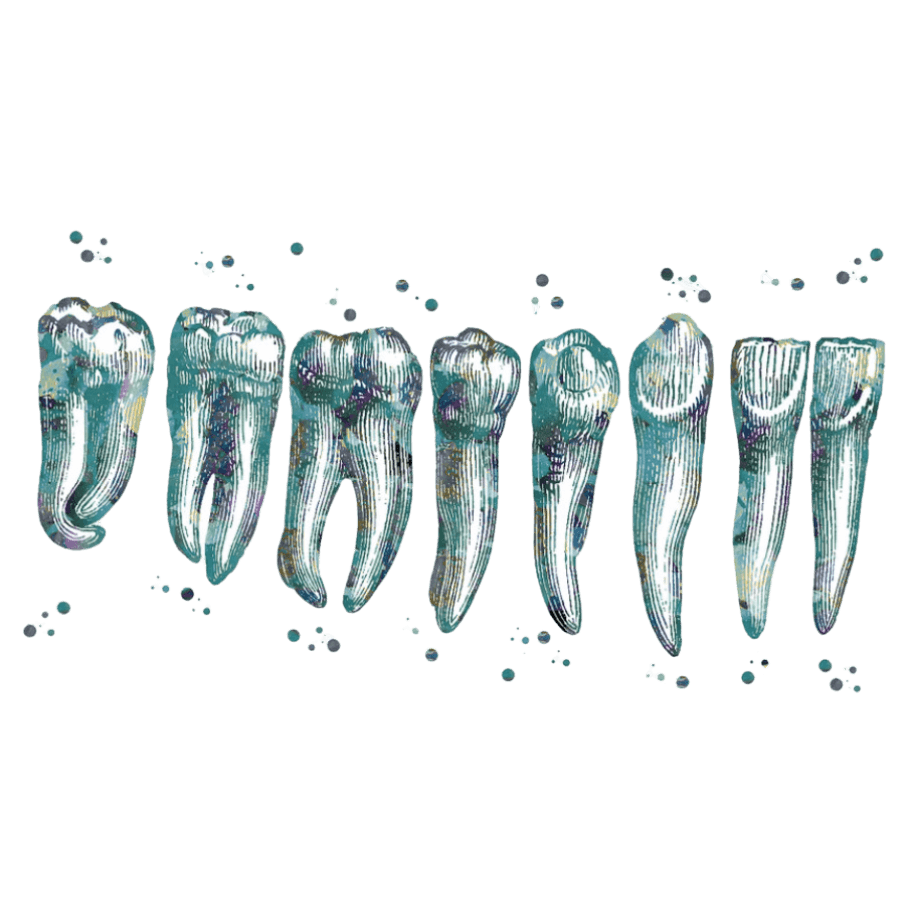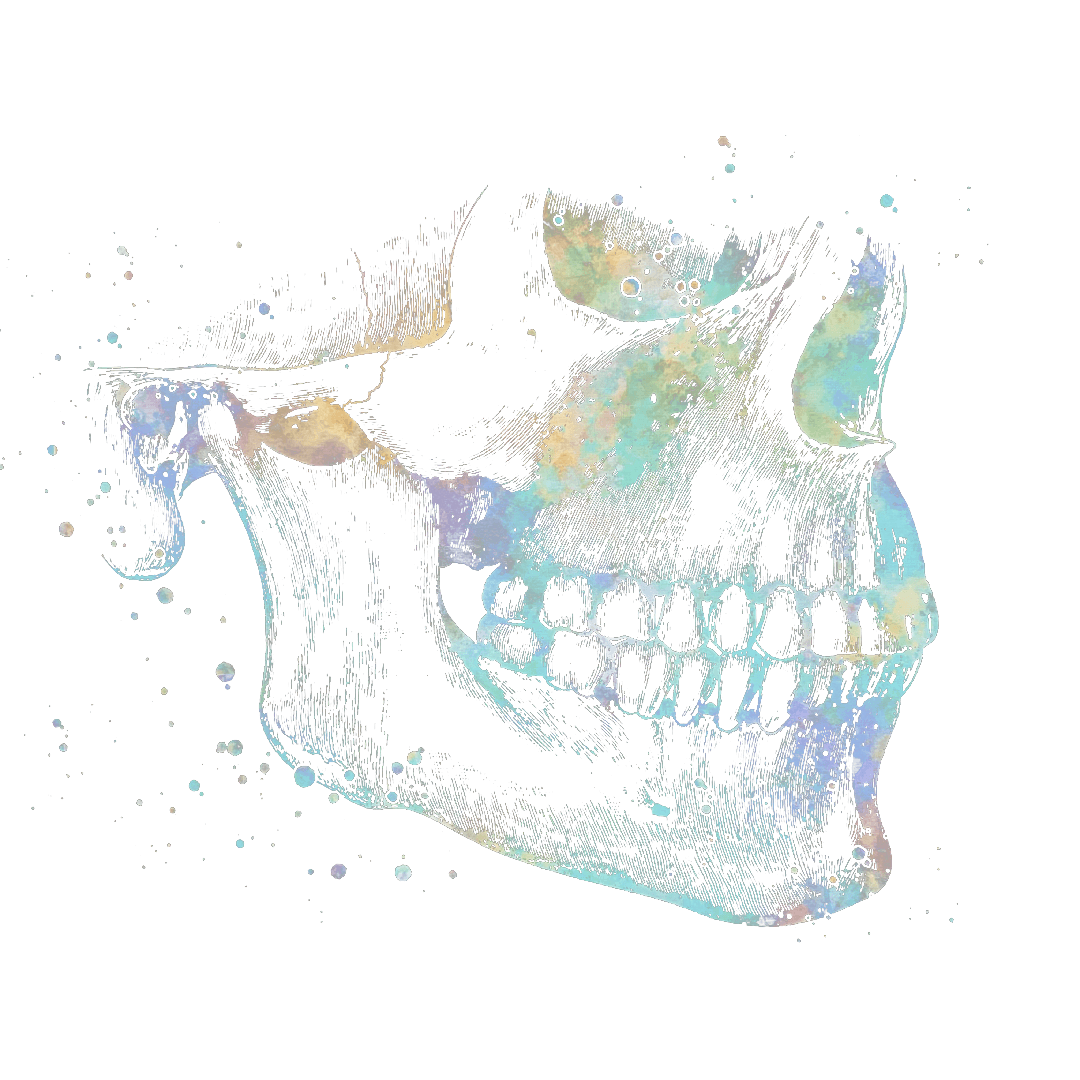SleepApnea

During dental screenings for sleep apnea,The Dentist Will Typically
Conduct A Thorough Medical & Dental History Review
This involves asking about symptoms such as excessive daytime sleepiness, snoring, nighttime breathing interruptions, and family history of sleep apnea.
Examine the Oral Cavity
The dentist looks for specific physical traits that may be indicative of sleep apnea, such as a large tongue, tonsils, elongated uvula, or a small jaw that might contribute to airway obstruction.
Assess the Airway & Jaw Alignment
Malocclusions or structural abnormalities affecting the jaw alignment can be indicative of a predisposition to sleep apnea.
Evaluate Overcrowding of Teeth
Crowded teeth may align with certain anatomical structures that influence airway patency.
Use of Screening Tools & Questionnaires
Tools like the Epworth Sleepiness Scale or STOP-Bang questionnaire can help assess the likelihood of sleep apnea.
Referral
If signs of sleep apnea are detected, the dentist may refer the patient to a sleep specialist or a physician for further testing, such as a polysomnography (sleep study).

New PatientExperience
Trying to find the right dentist for you? Swing by our office and experience quality dental care where your comfort and smile is our top priority.
- Dental Cleaning
- X-Rays
- Exam

